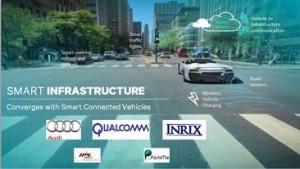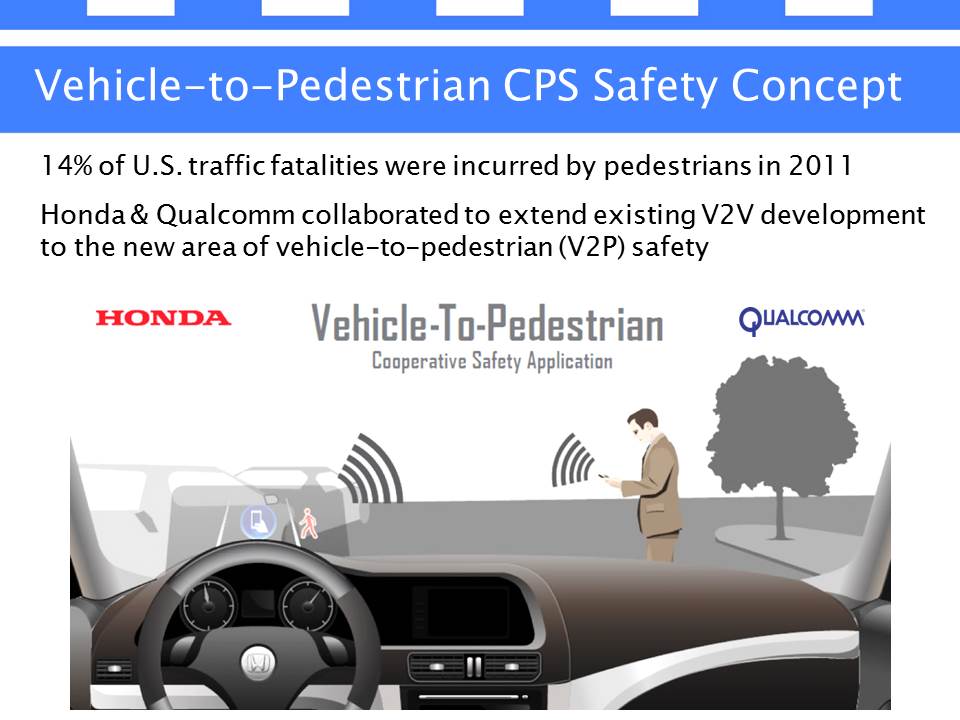Smart Vehicle Communication
Modern transportation continues to evolve in the pursuit of increased safety, security, performance and efficiency. With integrated communications increasingly installed in both private and public vehicles, automobiles are providing a level of insight into transportation operations as well as setting the stage for enabling intermodal transportation concepts that will make more efficient use of transportation infrastructure in the future. Qualcomm’s technology is being used to enable the connected vehicle and is at the heart of most of the “connected car” services being offered by the world’s major automakers today leveraging both cloud-based services and short range communications.
This technology will be used to integrate private automobile usage with public transportation services thereby reducing traffic congestion, lowering transportation costs, shortening travel times and enhancing personal safety. Sensor technology is already supporting crash prevention, and combined with reliable communications, ensures rapid assistance to motorists involved in collisions. Additionally, the first commercial instances of vehicle to vehicle (V2V) and vehicle to roadway infrastructure are materializing, thereby augmenting the cellular communications capability already being installed in vehicles. There is a “virtuous cycle” of reduced congestion, which improves efficiency, which reduces emissions. As transportation system efficiency improves, crashes are further reduced, further increasing efficiency.
Team Lead
- Jason Ellis, QUALCOMM


